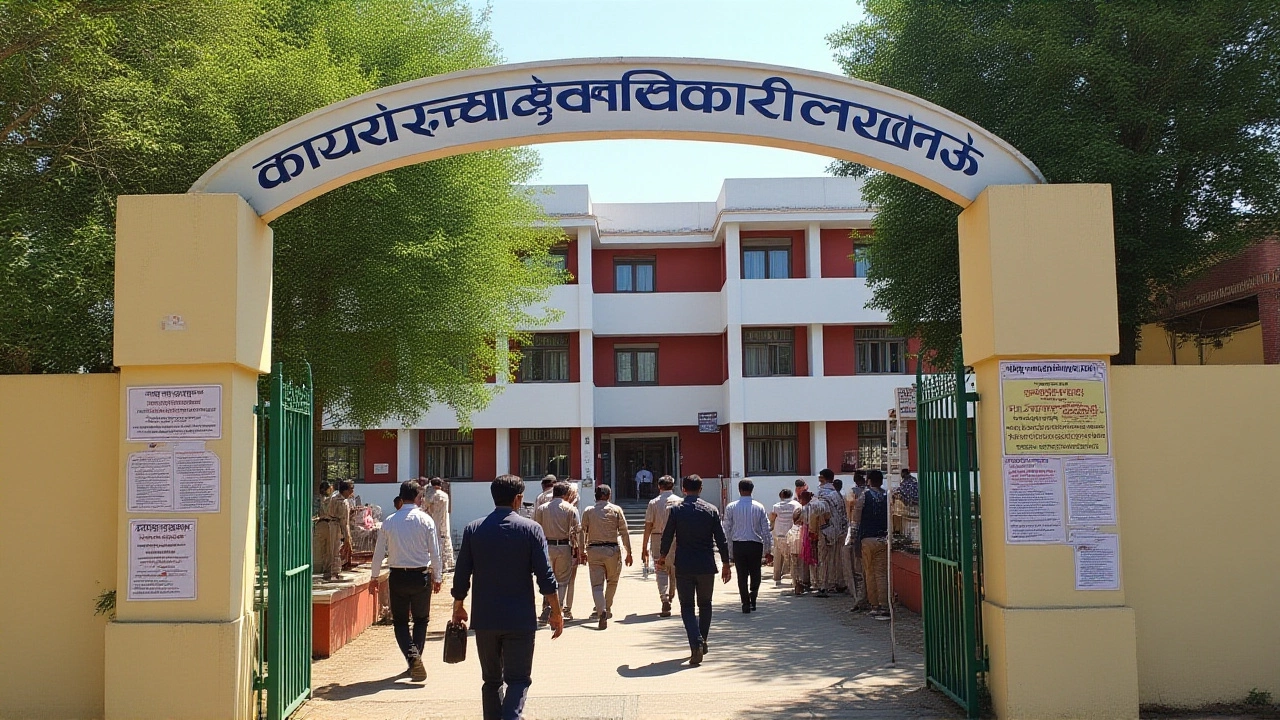Teacher Protest: Why Educators Are Standing Up Across India
When teacher protest, a collective action by educators demanding better working conditions, fair pay, and policy changes in the education system. Also known as education strikes, it is a direct response to years of neglect in public schooling, it’s not just about salaries. It’s about whether the people shaping India’s future are being treated like they matter. From rural Uttar Pradesh to urban Chennai, teachers are walking out—not because they want to, but because they have to. These aren’t random outbursts. They’re the result of broken promises, stagnant wages, and classrooms with no textbooks, no clean water, and no respect.
The government schools, publicly funded educational institutions that serve the majority of Indian children, especially in low-income areas are where the crisis hits hardest. Teachers there often work 12-hour days with no overtime, no health insurance, and sometimes no salary for months. The teacher salaries, the fixed monthly pay given to educators, often far below the cost of living in urban centers and insufficient even in rural towns haven’t kept up with inflation for over a decade. Meanwhile, private schools hire better-paid staff and offer benefits—leaving public school teachers feeling abandoned. And when they speak up, they’re labeled troublemakers. But when a teacher in Bihar posted a video of her class of 60 students sitting on the floor because there were no chairs, the country took notice. That’s the kind of moment that turns quiet frustration into mass protest.
It’s not just money. It’s safety. It’s dignity. It’s the right to teach without fear of being blamed for every failing student or every broken window. The education reform, systemic changes aimed at improving access, quality, and equity in India’s schooling system that politicians talk about rarely reaches the frontlines. But teachers know what’s broken—because they live it every day. They’re not asking for luxury. They’re asking for the basics: timely pay, functional toilets, trained support staff, and a voice in decisions that affect their classrooms.
What you’ll find below are real stories from the ground. Reports of strikes in West Bengal, protests in Tamil Nadu, and the quiet courage of teachers who refused to stay silent. Some posts show how one video led to a government investigation. Others reveal how families rallied behind their child’s teacher. This isn’t about politics. It’s about people who show up every day—rain or no rain, salary or no salary—to make sure the next generation doesn’t get left behind.

Teacher Protest in Lucknow: Dhananjay Gupta Leads Sit‑in Over CT ET Jobs
Teacher leader Dhananjay Gupta's sit‑in at Lucknow's Eco Garden highlights a clash over CT ET job vacancies, legal battles, and a push for Prime Minister Modi's intervention.
View more